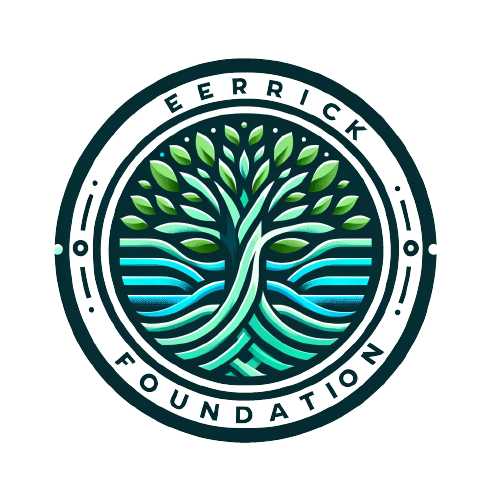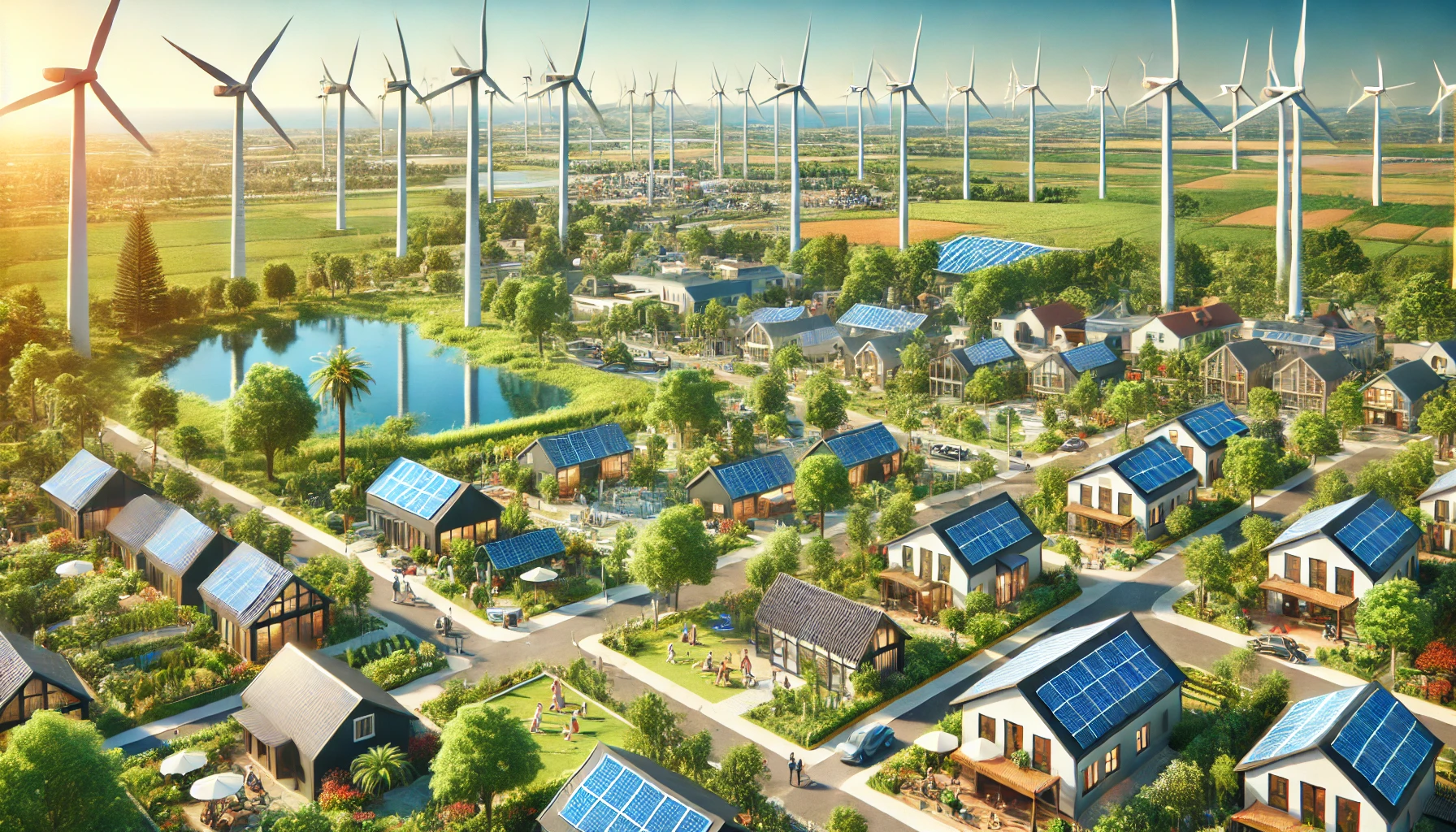Introduction to Wind Power Integration
Integrating wind power into sustainable communities is more than just a trend—it’s a vital step towards achieving energy independence and reducing our carbon footprint. Wind energy, with its ability to provide a clean and renewable source of power, is at the forefront of this transition. In this article, we’ll explore real-world examples of communities that have successfully integrated wind power into their energy systems, examining the benefits, challenges, and lessons learned along the way.
Understanding the Basics of Wind Power
Before diving into the case studies, it’s essential to understand what wind power entails. Wind power harnesses the kinetic energy of wind through turbines, converting it into electricity. This process is environmentally friendly, produces no greenhouse gases during operation, and relies on an inexhaustible natural resource—wind.
Benefits of Wind Power in Sustainable Communities
Wind power offers numerous advantages for sustainable communities, including:
- Renewable Energy Source: Wind is an endless resource, making it a reliable option for long-term energy needs.
- Reduction in Greenhouse Gas Emissions: By replacing fossil fuels, wind power significantly reduces carbon dioxide and other harmful emissions.
- Energy Independence: Communities can reduce their reliance on external energy sources, enhancing energy security.
- Economic Benefits: Wind power projects create jobs and can boost local economies through investments and revenue from energy sales.
- Scalability: Wind power can be scaled to meet the needs of small communities or large cities, making it a versatile solution.
Case Study 1: Samsø, Denmark
Samsø, a Danish island, is a shining example of how wind power can transform a community. In the late 1990s, Samsø set a goal to become 100% renewable. Through a combination of wind, solar, and biomass energy, the island achieved its target in just ten years. Here’s how they did it:
Community Engagement and Ownership
The key to Samsø’s success was community involvement. Local residents were given opportunities to invest in wind turbines, creating a sense of ownership and commitment to the project. This grassroots approach ensured widespread support and participation.
Integration with Other Renewable Sources
Samsø didn’t rely solely on wind power. The island also installed solar panels and biomass plants, creating a diversified energy portfolio. This integration helped balance energy supply and demand, ensuring stability and reliability.
Case Study 2: Greensburg, Kansas, USA
Greensburg, Kansas, rebuilt itself as a model of sustainability after a devastating tornado in 2007. Wind power played a crucial role in this transformation.
Comprehensive Planning and Vision
Greensburg’s journey began with a clear vision and a comprehensive plan. The community aimed to use 100% renewable energy, with wind power at the core. They installed several wind turbines, which now provide a significant portion of the town’s electricity.
Economic Revitalization
The wind power project in Greensburg not only provided clean energy but also revitalized the local economy. The construction and maintenance of wind turbines created jobs, and the energy savings were reinvested into the community.
Overcoming Challenges in Wind Power Integration
Integrating wind power isn’t without its challenges. Communities face various hurdles, including:
- Initial Investment Costs: The upfront costs for wind power infrastructure can be high. However, these costs are often offset by long-term savings and environmental benefits.
- Intermittency Issues: Wind power generation depends on wind availability, which can be unpredictable. Integrating other renewable sources and storage solutions can mitigate this issue.
- Regulatory Hurdles: Navigating the regulatory landscape can be complex. Communities need to work closely with governments and stakeholders to streamline approval processes.
Lessons Learned from Successful Integrations
From these case studies, several key lessons emerge:
- Community Involvement is Crucial: Engaging the local community and fostering a sense of ownership is vital for the success of wind power projects.
- Diversification Ensures Stability: Integrating multiple renewable energy sources can provide a more reliable and stable energy supply.
- Clear Vision and Planning: A well-defined vision and comprehensive planning are essential to overcome challenges and achieve sustainability goals.
The Future of Wind Power in Sustainable Communities
As we look towards the future, the integration of wind power in sustainable communities continues to evolve. Advanced technologies, such as smart grids and energy storage systems, are making it easier to manage and optimize wind energy. Moreover, policy support and financial incentives are encouraging more communities to adopt this clean energy source.
Communities that embrace wind power are not only reducing their environmental impact but also setting a precedent for others to follow. By learning from successful examples like Samsø and Greensburg, we can pave the way for a sustainable future powered by renewable energy.
Conclusion: A Path Forward
The integration of wind power in sustainable communities is a journey filled with both challenges and rewards. Through careful planning, community involvement, and the integration of multiple renewable sources, communities can harness the full potential of wind energy. By looking at successful case studies, we gain valuable insights and inspiration to drive our sustainable initiatives forward.
Wind power isn’t just an alternative energy source—it’s a powerful tool for building resilient, sustainable communities. Let’s continue to explore and embrace the possibilities it offers, ensuring a cleaner, greener future for all.

